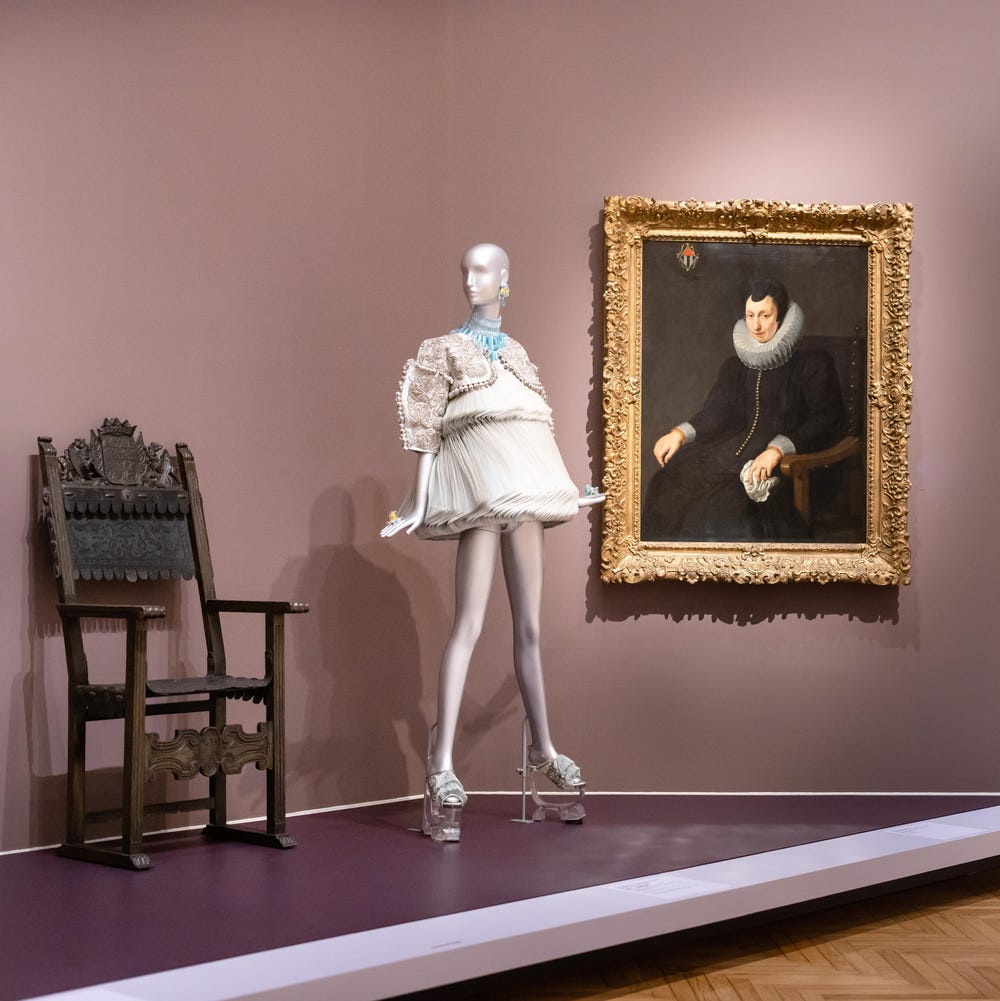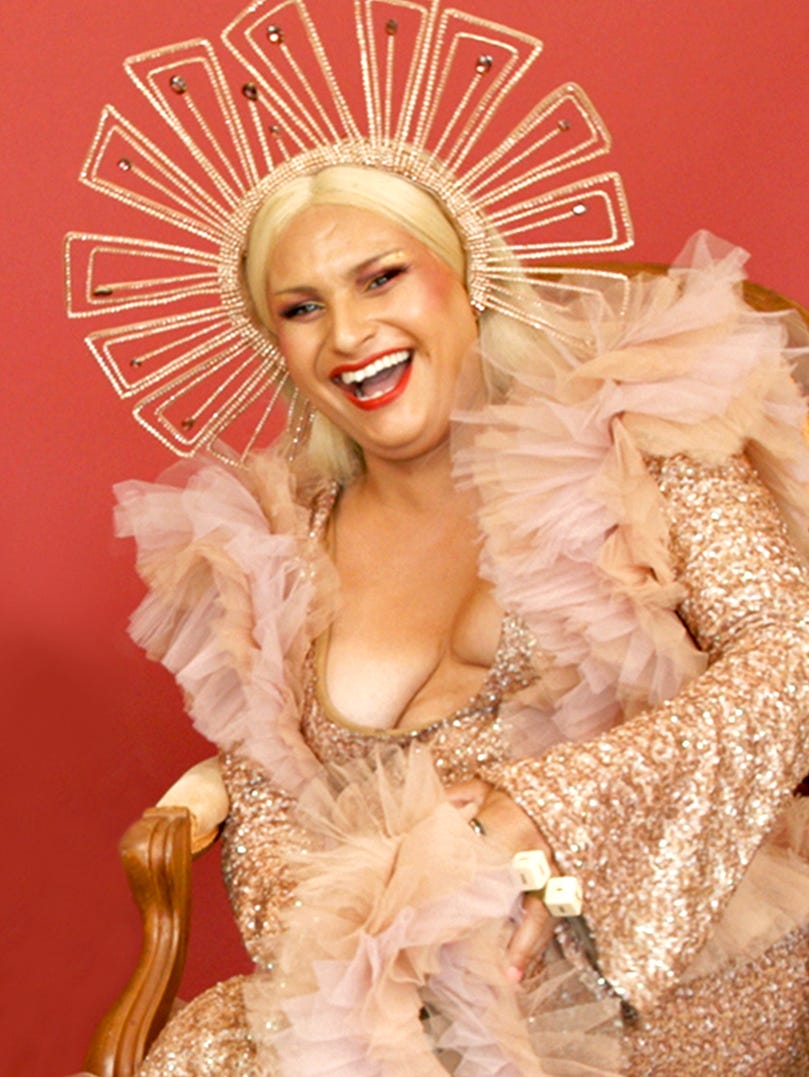East Meets West: Jewels of the Maharajas from The Al Thani Collection explores themes of influence and exchange between India and Europe through dazzling jewelry, carved jades, enameled gold, and famous diamonds. The exhibition features more than 150 exquisite objects made in India or inspired by its traditions, ranging from the 16th century to the present. In India, this cultural exchange led to formal evolutions of traditional objects.
Mughal emperors and later Indian rulers wore turban ornaments as a sign of their rank. Often designed as large jeweled brooches and backed by plumes of feathers, these objects represented an opportunity to show off large gemstones. Usually worn only by the emperor, turban ornaments were given as presents to favored princes and courtiers in exceptional circumstances.
Turban ornament, India, 1907, reworked ca. 1935. White gold and diamonds, 5 15/16 x 2 9/16 in. (15 x 6.5 cm). © The Al Thani Collection. All rights reserved. Photograph by Prudence Cuming Associates Ltd.
The form of the turban ornament may have originated with Iranian types of plumed devices worn by Emperor Akbar in the 1590s. European aigrettes, which were hat jewels set with heron or egret feathers, were also a possible influence from the early 17th century onward. Displayed by both men and women in Europe, diamond-set aigrettes with feathers were worn by the ruling elites, from James I of England to Marie-Antoinette of France.
—Francois Bernier, French physician and traveler, commenting on Emperor Aurangzeb’s turban ornament, 1656–1668.Composed of Diamonds of an extraordinary size and value, beside an oriental topaz, which may be pronounced unparalleled, exhibiting a lustre like the sun.
Turban ornament, India, ca. 1900. Clip by Cartier, Paris, 2012. Gold, silver, emerald, diamonds, and pearl, 4 5/8 x 5 1/16 in. (11.7 x 12.8 cm). © The Al Thani Collection. All rights reserved. Photograph by Prudence Cuming Associates Ltd.
Amid the waning of the Mughal Empire in the 18th century, regulations governing the wearing of turban ornaments were relaxed. New forms could reflect the curved feathers they contained or even the outline of prized elephants. In the 19th century, the jeweled turban ornament became more elaborate, spreading horizontally in the manner of a European tiara, and could be complemented by strings of gemstone beads encircling the turban.
Text adapted from the exhibition catalogue East Meets West: Jewels of the Maharajas from The Al Thani Collection (San Francisco: Fine Arts Museums of San Francisco; and Munich, London, New York: DelMonico Books • Prestel, 2018).







